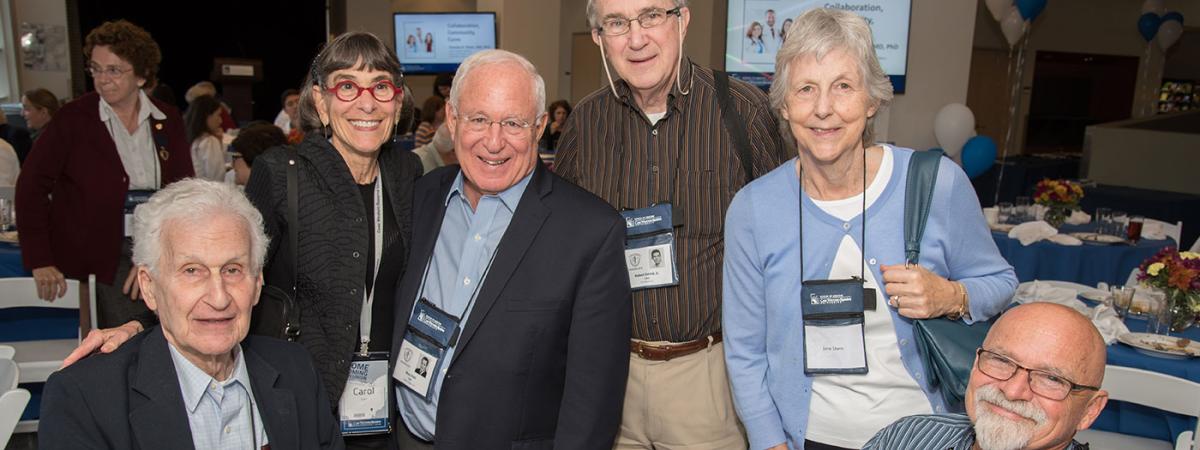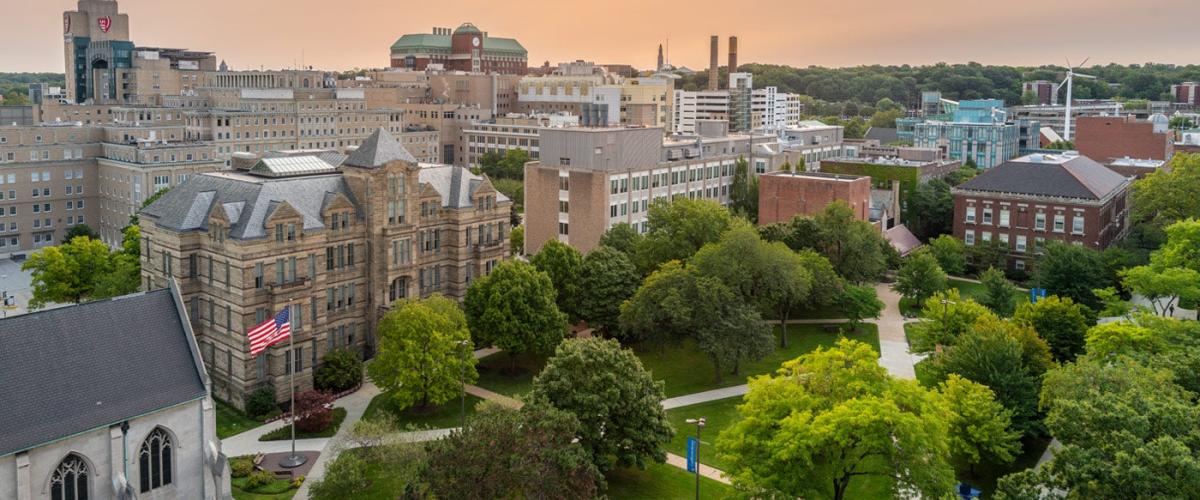This year, the School of Medicine at Case Western Reserve University marks its 175th anniversary, and during homecoming, members of the university community will have the opportunity to join the celebration.
Key events
Dean’s Distinguished Lecture
Friday, Oct. 12 4 to 5 p.m. Iris S. and Bert L. Wolstein Research Building auditorium Elaine Batchlor (MED ’83), CEO of the Martin Luther King, Jr. Community Hospital in California, will present “Redefining Healthcare for an Underserved Community.”Meet the Deans
Saturday, Oct. 13 9 to 10:30 a.m. InterContinental Cleveland ballroom (9801 Carnegie Ave.) Join the health sciences deans to begin the day with a light and healthful breakfast and hear the latest news from the School of Medicine, Frances Payne Bolton School of Nursing and the School of Dental Medicine. Get more information about the School of Medicine’s homecoming celebration.The School of Medicine's history
In 1843, the newly formed Medical Department of Western Reserve College had just six faculty members and 67 students. Tuition was $72. Since that time, Case Western Reserve University School of Medicine has trained thousands of the nation’s finest physicians and stands at the forefront of biomedical research. And while we live in a vastly different world than that of our forebears, the medical school’s three-part mission is still the same: excellence in medical education with a focus on humanistic care, a commitment to research that has the potential to improve lives, and the development of collaborations and partnerships that promote the health of our communities. From the first modern blood transfusion in 1905 to the discovery of miconazole as a potential therapy for multiple sclerosis just last year, the School of Medicine has a long list of breakthroughs and firsts. To name just a few, over the past 175 years, researchers at the School of Medicine developed the first:- Simulated milk formula for infants;
- Diagnostic test for carpal tunnel syndrome;
- Artificial human chromosome;
- Link between oral bacteria and preterm birth in humans; and
- Rapid-detection device for malaria.





